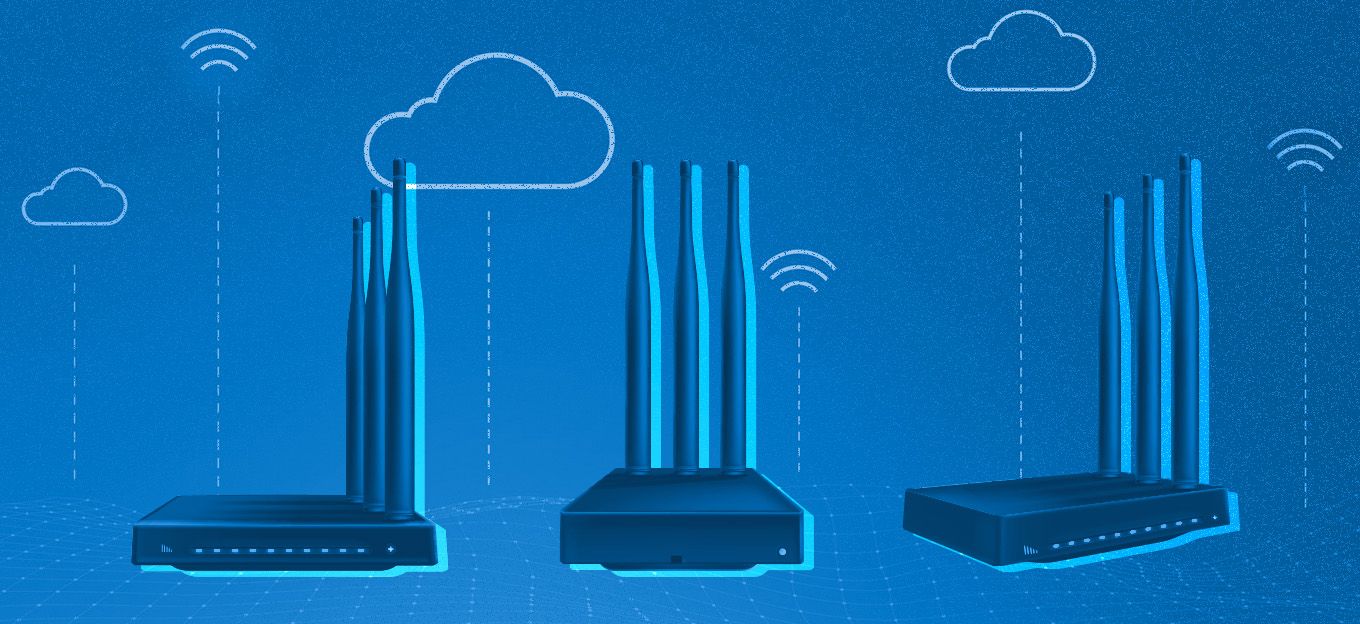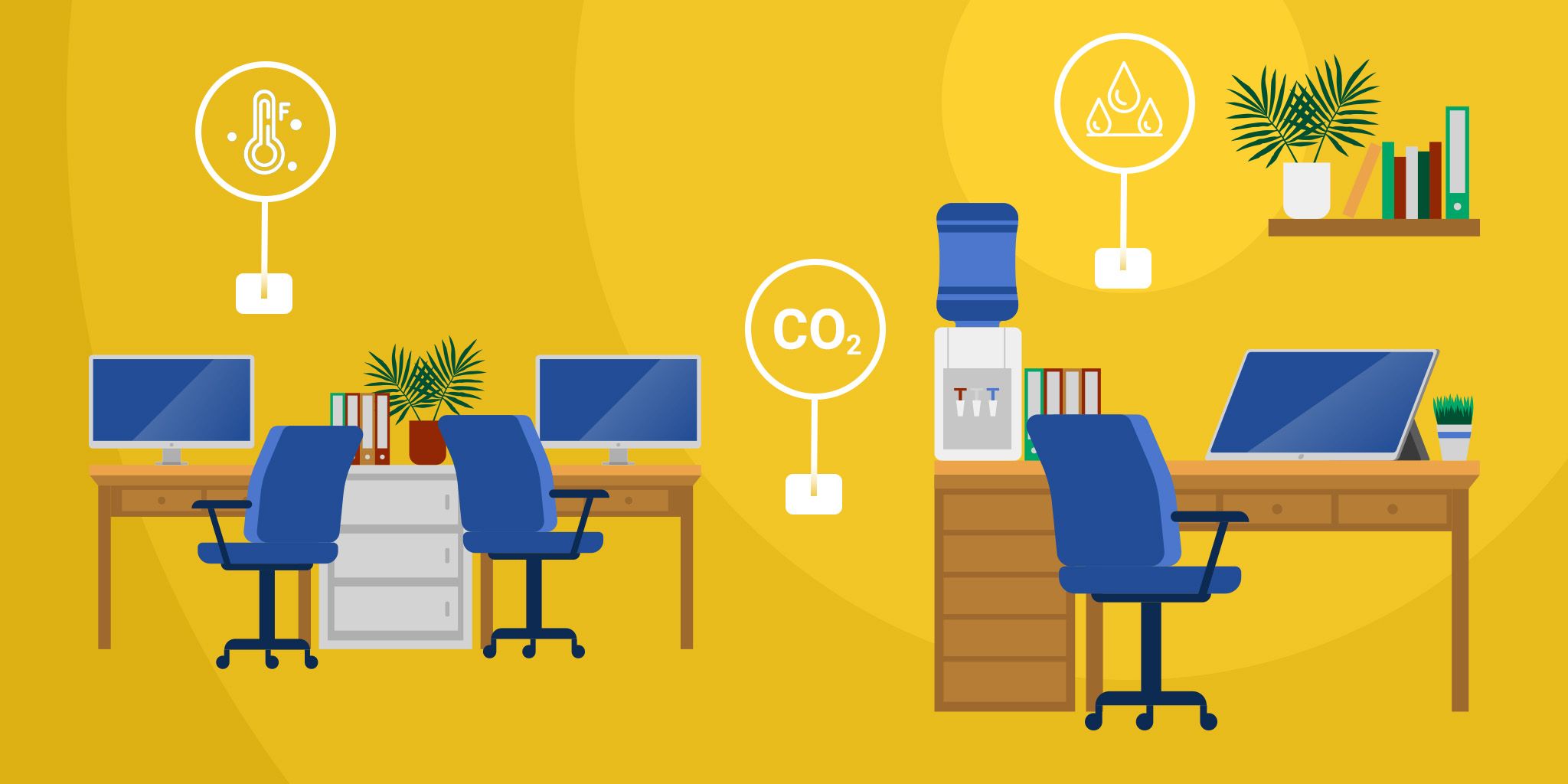IoT and Smart Energy: Constructing Digital Buildings
IoT and Smart Energy: Constructing Digital Buildings
- Last Updated: December 2, 2024
Ron Bartels
- Last Updated: December 2, 2024



The Internet of Things (IoT) is the next step in leveraging the technology that smartphones have made available. The cost efficiencies of smartphone technologies have resulted in the potential deployment of a number of other generic devices that use low-powered network connections as an alternative. These are the class of devices now known as IoT—devices that weren't previously on a network, although they might've had limited embedded computational ability.
Enabling the Digital Building
IoT solutions expand the digital world to buildings and infrastructure that are serviced by future energy deployments but which were previously not remotely accessible. Power sensors provide the ability to determine power-related failures in these future energy deployments within buildings. These deployments are typically distributed around multiple physical locations. Previously, when an outage occurred at a location, the immediate cause wasn't readily known because there was no out-of-band verification available to determine which part of the future energy plant on site had failed.
This obviously becomes a large problem for providers of future energy solutions as many of these sites are potentially unmanned. When an outage occurs, the operations center of an energy provider needs analytics to determine how to restore services in the shortest possible time frame as well as to reduce any negative business consequences. The problem for energy providers is that a significant number of rolling wheels call-outs are redundant, especially when an inappropriate resource is dispatched.
It is thus reasonable to enable digital buildings utilizing IoT technology!
IoT Power Management Solutions
An IoT power management solution provides the ability to distinguish the problem domain of an outage. While the rolling wheels call-out costs associated with this may vary by type of outage, it contributes significantly to the operational budget for providing support and maintenance. This type of solution endeavors to optimize those associated costs by determining the cause of the outage.
IoT solutions expand the digital world to previously remotely inaccessible buildings and infrastructure. IoT power sensors determine power-related failures within these future energy deployments in multiple physical locations.
When the outage is indirectly related to a loss of power, during a significant number of the remaining outages, technicians may power-cycle equipment to return service. This generally relates to networking hardware and software issues in computers, which is a headache in the majority of deployments.
As an example, the firmware for some equipment may lock up. A key feature of IoT power management is the ability to remotely recycle the input power of the attached equipment, including PLCs. The IoT device will thus be able to clear these basic faults without the requirement of a remote-hands or rolling-wheels visit.
Increased customer satisfaction and availability levels are benefits that can be derived from accurate service-level reporting. The portal reports the monthly SLA percentage uptime to an accuracy of three decimals for both the utility-side power and the equipment-side power.
Using Other IoT Technologies for Building Automation Systems
Often, when future energy is deployed to a location such as an office block, there's a requirement to transform that building into a digital one. These digital buildings are a perfect Applications for IoT, going beyond mere power management. While the people who populate buildings have connected themselves to the Internet and the digital world using a vast number of social and digital services, the buildings themselves have remained largely unchanged. IoT becomes the digital building enabler.
Here's an example from my personal experience and a picture of how digitizing scenario could have improved it. In a building of more than 100 rooms, people were complaining about the air conditioning comfort levels. The service personnel manually read the temperature levels in each room to determine whether the complaints had merit. In a digital building, there would be a temperature and humidity sensor in each room. The service personnel would be automatically notified at a certain time (e.g. 9:00 am) when a room isn't at the required comfort levels. They could then proactively dispatch maintenance crews to resolve cooling issues. The analytics from the sensors could be used to minimize the power being used by the cooling system as to be cost-effective.
In many buildings, smoke alarms need to be manually tested. Often, the battery in the unit has failed or the wired connection to the central control panel has become disconnected. In a digital building, a smoke sensor has an online and real-time diagnosis and notification. The smoke sensor can also be connected to sounders. In this type of digital building, the statuses of all the smoke sensors are always known and thus safer.
In a modern building, and especially in a digital one, space is at a premium. Many companies want to optimize occupancy by having the minimum amount of floor space allocated, as this saves money. A mechanism to achieve this is to "hot desk." In a hot desk environment, people aren't allocated permanent desks but instead use a desk on demand and when available. Thus, a company can allocate and use approximately only 60 percent of the floor space they'd previously used. To achieve this occupancy, the occupancy of each desk needs to be measured and recorded. In a digital building, IoT occupancy sensors can record individual desk or room occupancy.
Most buildings have fire doors. These fire doors can be fitted with an IoT door sensor that triggers their use and automatically sends notifications.
Besides the above practical examples, a multitude of potential Applications for IoT within digital buildings can be imagined. Nonetheless, the resulting IoT solutions to those problems need to be determined and driven by business requirements.
The Most Comprehensive IoT Newsletter for Enterprises
Showcasing the highest-quality content, resources, news, and insights from the world of the Internet of Things. Subscribe to remain informed and up-to-date.
New Podcast Episode

IoT and AI in 2026
Related Articles





